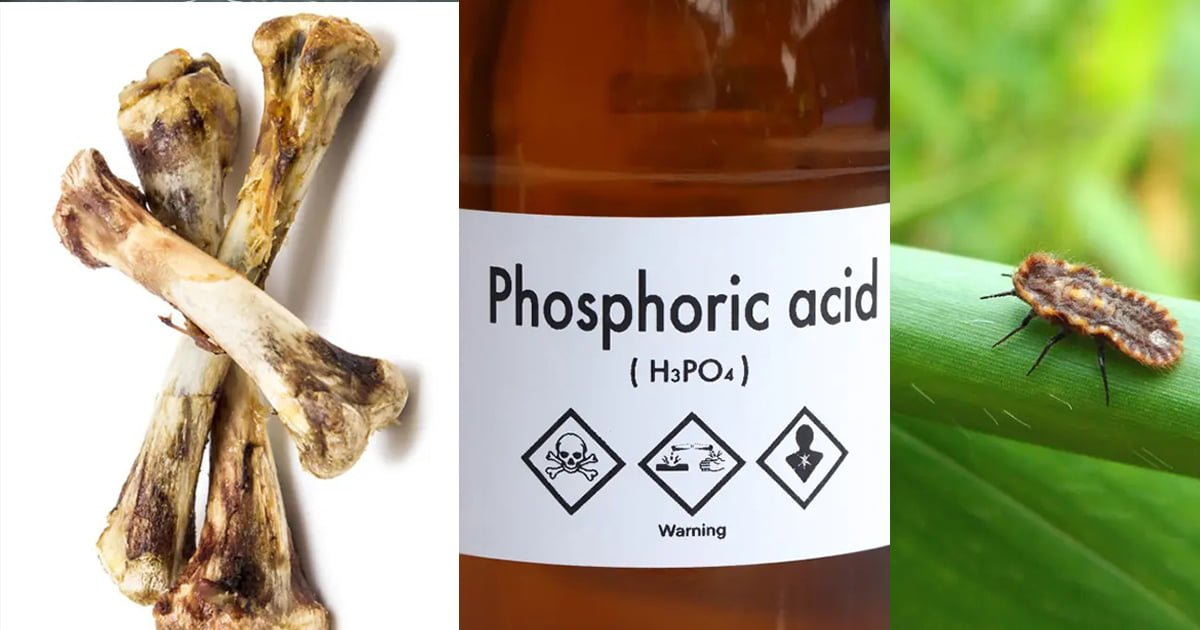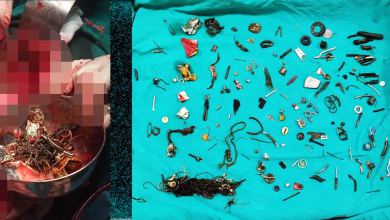Hair, bugs, and mold! The shocking truth about what’s inside your favorite foods
Can your stomach consume this news? News that includes social media detectives causing a commotion by exposing a previously unknown fact about McDonald’s fries to modern fast food enthusiasts. The inclusion of beef flavoring in the vegetable oil for added flavor.
According to food scientist Bryan Quoc Le, who has collaborated with Blue Diamond, an almond grower, and authored the book titled, “150 Food Science Questions Answered: Cook Smarter, Cook Better,” says unique components are quite prevalent in typical snacks, be they sweet or savory.

Bryan Quoc Le, a flavorist, explained the various unconventional but harmless components present in our food.
“A lot of flavoring is about tricking the brain,” he said. “Because about 80% of what you eat and experience as flavor is not in its taste itself, but in its smell, as well as its appearance, he added.
The veracity of this belief was confirmed when the Internet was abuzz with the revelation that the green Haribo gummy bears’ surprising taste is, in fact, strawberry, and not a green fruit such as apple or lime.
However, on a larger level, the contents of several preferred and frequently ingested foods are not suitable for those with weak constitutions.
According to Le, the FDA approves various ingredients, such as bugs, weapons-grade acids, wood, and moldy rice that can be fatal if not treated correctly, which can also end up on our plates.
These are some of the most surprising ingredients that you may have already consumed. In fact, fast food burgers, chicken nuggets, and sandwiches often have more than just a “secret sauce” as a special ingredient.
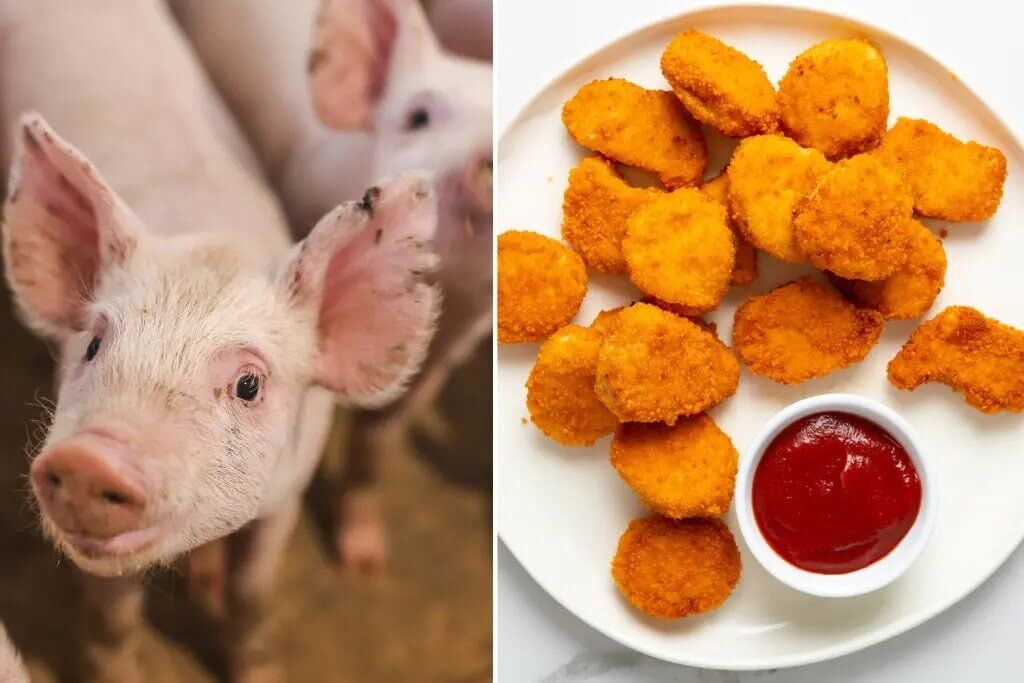
Fast food meats often contain cysteine, an amino acid that enhances flavor, which is derived from microorganisms and bacteria. The primary natural source of cysteine is hair, meaning that anything with a beef flavor likely contains this additive. This ingredient is also likely found in pork products.
The reason for its use is due to the processing of low-quality meat, which requires additional flavoring to improve taste.
It is important to note that cysteine can be present in plant-based meats, however, they can only be considered vegan if the packaging clearly indicates so, according to Le.
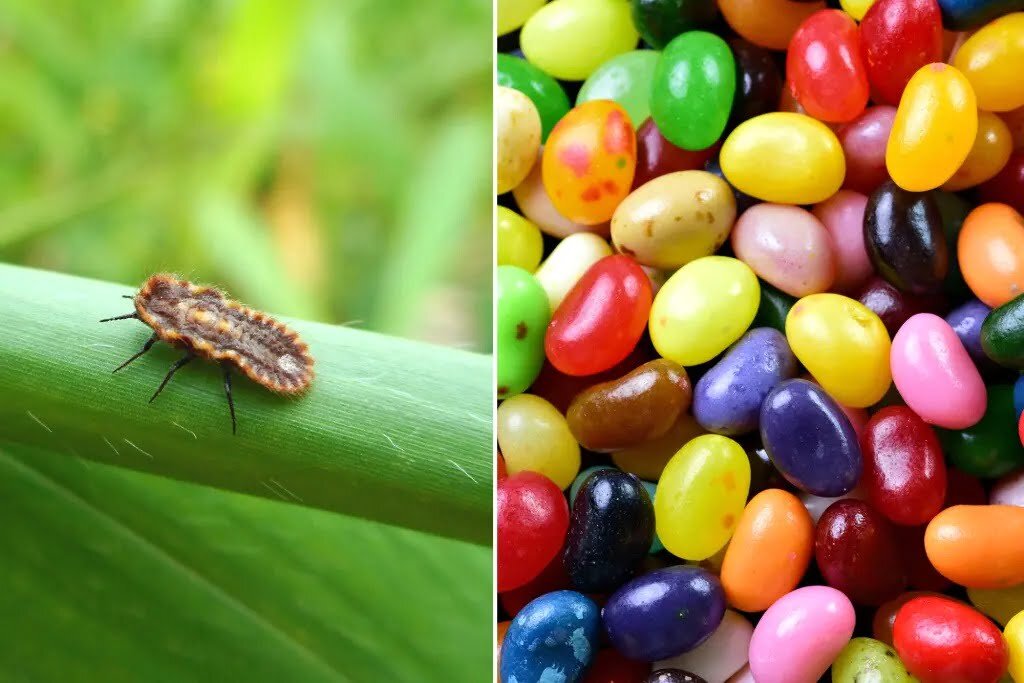
Le mentioned that the use of shellac wax and red dye carmine, two common additives in candies like jelly beans, may be unsettling to some. These additives come from insects such as the lac insect, which produces a hard shell around itself, and the cochineal bug, which attaches itself to cacti. Before 2006, the popular Italian aperitif Campari used cochineals to achieve its signature red hue.
Le suggests that many organic candies are likely to contain wax, which may also be used as a coating for fruits and vegetables.
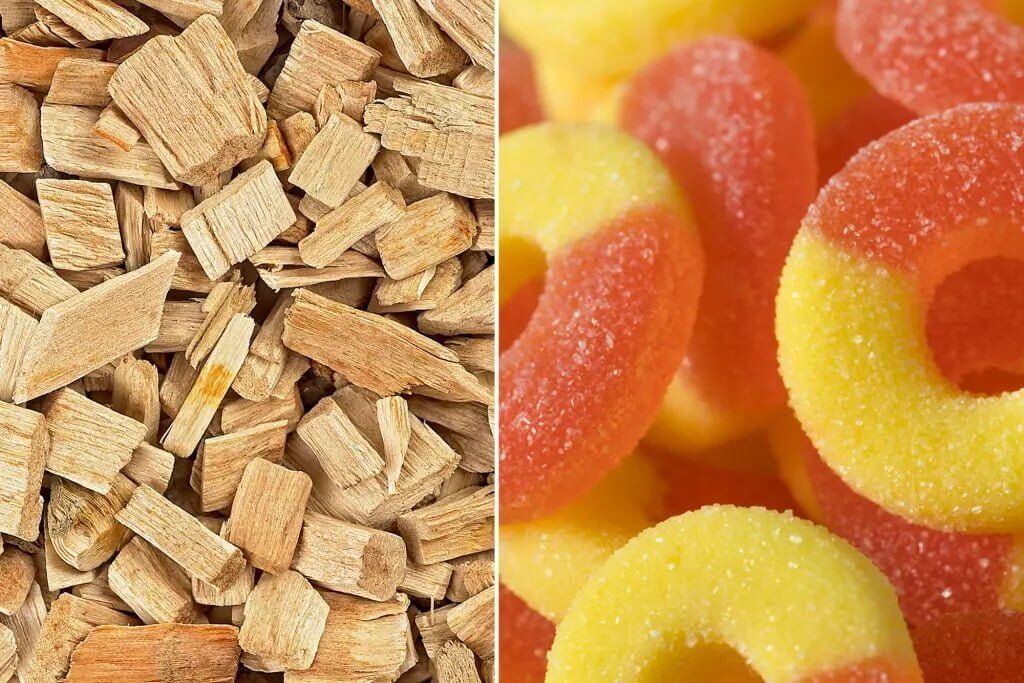
It’s likely that you’d prefer not to be aware of the fact that wood is a common ingredient in many of your beloved treats, including soft-serve ice cream and candy. This is because synthetic vanilla, or vanillin, which is used in products like peach rings, contains small amounts of wood.
“They don’t burn the wood in this process. Instead, they heat it up to a very high temperature, and then they collect the material that vaporizes and do a few [treatments] to it,” Le said regarding the process of making vanillin.
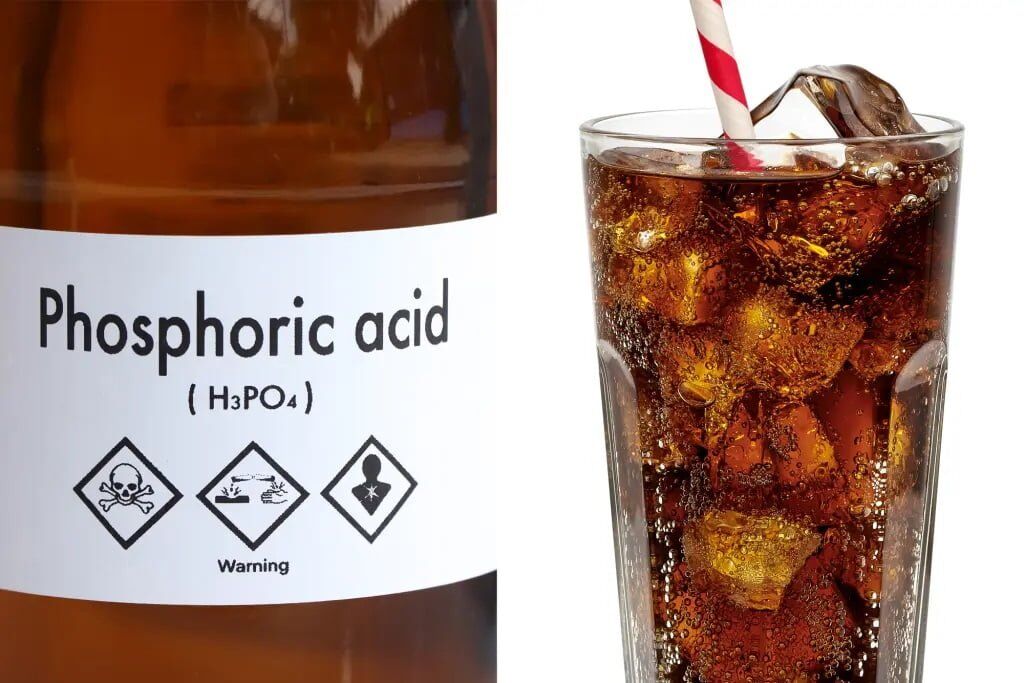
Almost all foods have some vanillin content as it effectively masks unpleasant flavors, although desserts tend to highlight it more. This statement about vanillin is not equivalent to the popular expression “Coke is the bomb.” That’s because Coca-Cola’s effervescence comes from phosphoric acid, a reactive compound also used in tank grenades, as explained by Le. Interestingly, the production process of both types of phosphoric acids, for beverages and warfare, is quite similar according to the specialist.
Le stated that the process for Coke could be applied to a grenade, and the chemical composition of the soda would be strong enough to slice through the steel upon detonation. However, the expert assured that the phosphoric acid used in the soda is significantly more purified than its industrial counterpart.
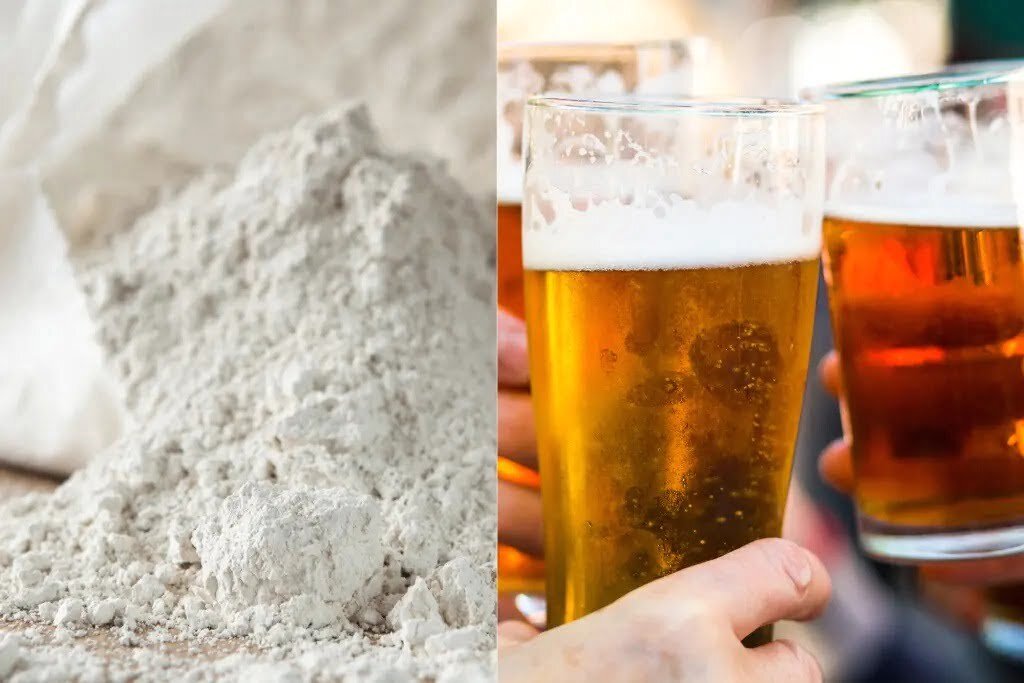
A controversial fact is that diatomaceous earth, a substance made from small oceanic crustaceans commonly used for pool cleaning, is utilized in the brewing process for beers, juices, and cheeses as a filtration method.
Le noted that, “They’re basically just made of these tiny little micro organisms called diatoms. They’re micro-sized shellfish. We mine this stuff because it’s really great at filtering. It’s just like this random thing that we find in the oceans.”
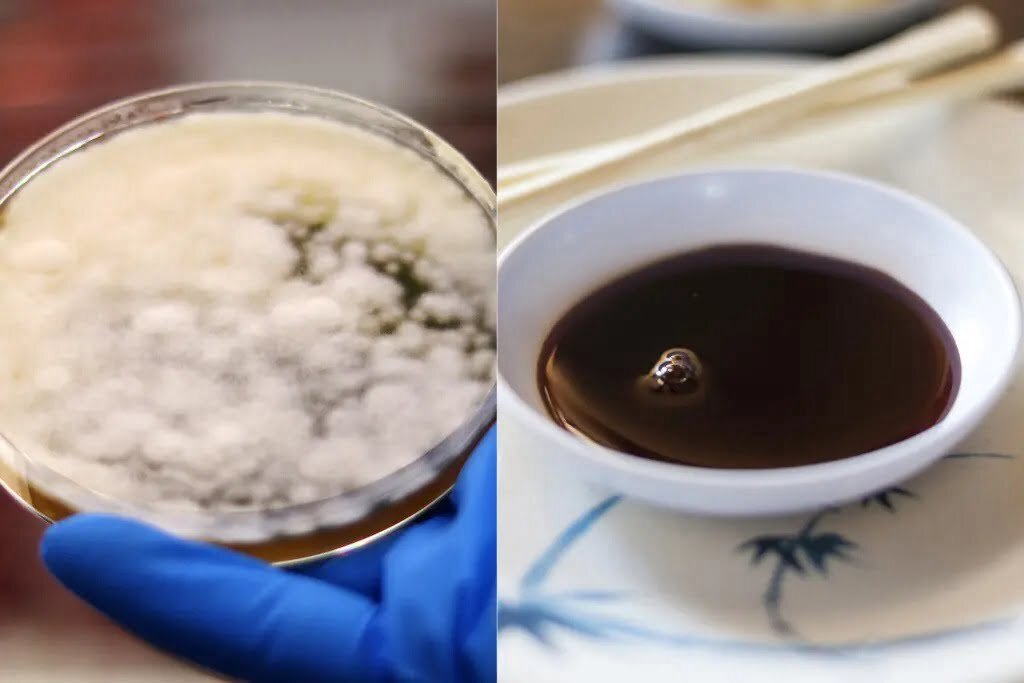
Le said that the chef’s claim about the dish being killer was not a joke, as soy sauces are made from a combination of soybeans and koji, a moldy rice mixture that can be deadly if consumed under specific circumstances.
“Korean [style] soy sauce is made by taking a block of soybean and just putting it outside … if you ate that , you’d probably die,” the chef said, and added that “It’s a very special process that makes it food safe.”
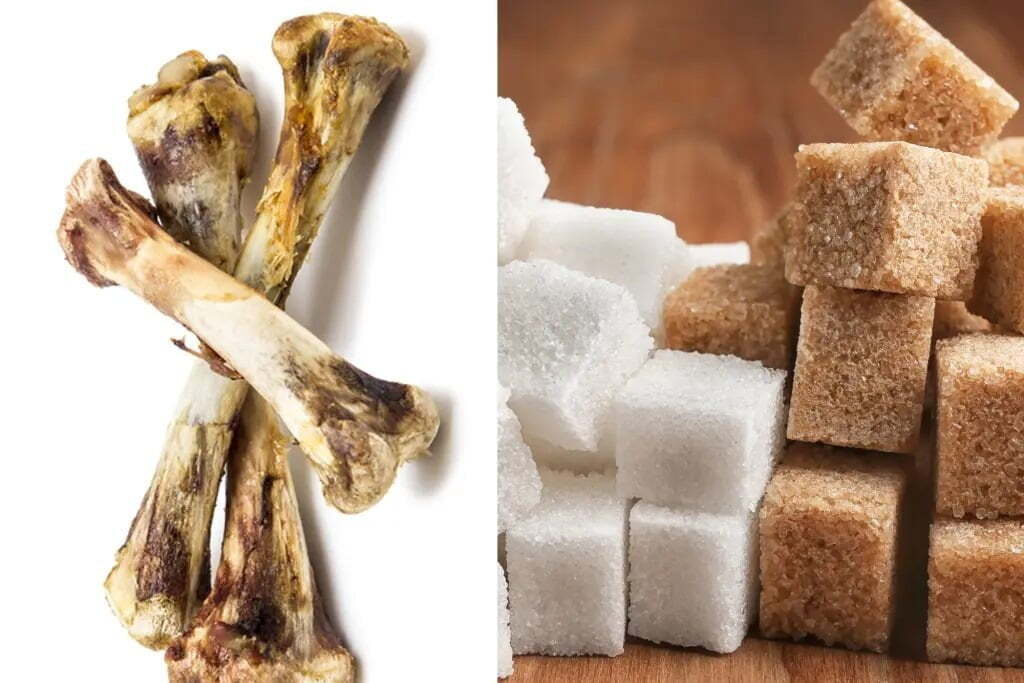
Adding gleaming white sugar to your tea won’t enhance its sweetness as it undergoes an unnatural coloring process, unlike the raw sugarcane it comes from. The natural brown tone of the crop is transformed through a disturbing procedure to achieve its shine.
“In order to get white sugar, you’ve got to remove the brown color [molasses]. Usually what they do, they filter it through animal bone char,” Le confirmed. “Basically, they take animal bones that have been super heated and crushed up and then that material is used as a filter for sugar.”
